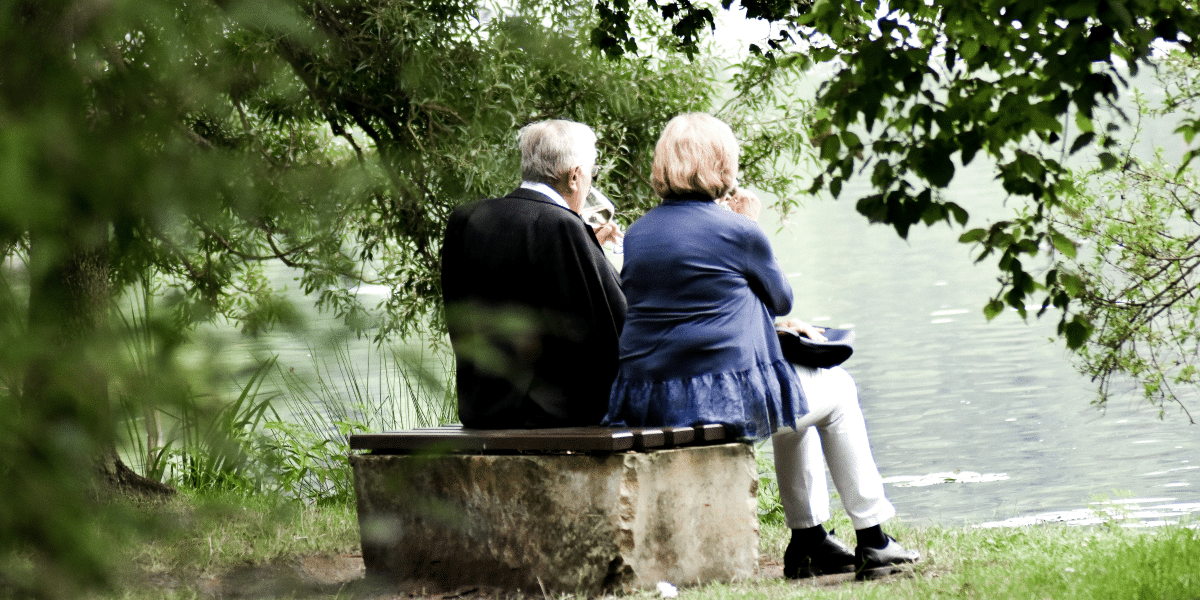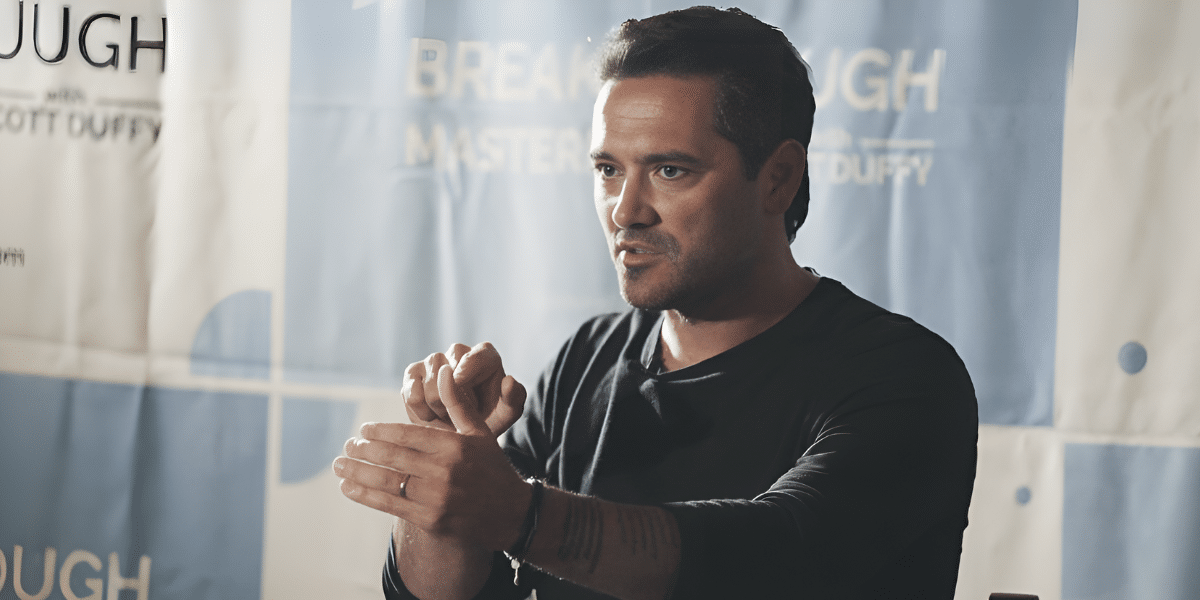Cities are constantly evolving, but traces of the past remain if you know where to look. San Francisco, with its layers of history tucked amidst its steep hills, is a treasure trove for urban explorers captivated by those faded whispers of bygone eras. Think peeling advertisements painted on old brick walls, quirky relics of shops long gone, and architectural flourishes hinting at a different time and taste. Let’s become city detectives, piecing together the past through San Francisco’s ghost signs and other remnants of history.
What are Ghost Signs?
Think of ghost signs as faded murals from the past. They aren’t those glossy billboards or slick digital ads that bombard us daily. They’re hand-painted, usually on weathered brick or the sides of old buildings. You might stumble upon a bold proclamation for a type of corset no modern woman would touch, a smiling cartoon character promoting a long-defunct cereal, or a chipped and peeling ad for a local tailor shop that vanished decades ago.
Ghost signs have a haunting charm. They’re colorful fragments of a world that has slipped from our grasp. They make us think about what products people craved in the 1930s, how companies pitched those items, and the artists who painstakingly painted enormous advertisements without the help of fancy technology. Ghost signs become little portals to the past.
But ghost signs offer more than a dose of nostalgia. “They add to the character of a street, a way for a building to tell a story that goes beyond its current tenants,” observes a blogger obsessed with documenting ghost signs. Cities are dynamic, and ghost signs are little reminders of this constant evolution – of what once was, and how the things we value change over time.
Where to Find San Francisco’s Ghost Signs
Certain neighborhoods are better hunting grounds than others:
-
SoMa (South of Market): Think old warehouses, brick factory buildings – the kind of places with plenty of wall space begging for advertisements. SoMa’s past was grittier, more industrial, and that’s reflected in the ghost signs you’ll find. Look for faded ads for rugged work boots, long-defunct machinery companies, or products that catered to the blue-collar workers who once dominated the area. It’s a visual reminder of how San Francisco’s economy has shifted over the decades.
-
Chinatown: Faded Chinese characters painted on the sides of buildings tell their own story. They point to the businesses that once served this historic neighborhood – grocery stores, tea shops, restaurants catering to a Chinese immigrant community. You might even stumble upon bilingual ghost signs, reflecting how demographics have shifted, with English lettering layered over older Chinese characters.
-
The Mission: This neighborhood has always been a dynamic mix of cultures and waves of change. Its ghost signs reflect this. You’ll spot hand-painted signs for taquerias that have been neighborhood staples for decades, quirky ads for vintage clothing stores long replaced by trendy cafes, and maybe even a fading sign for a silent movie theater that couldn’t survive the talkies. The Mission’s ghost signs highlight the constant state of evolution this neighborhood embraces.
Ghost signs are the most obvious clues to San Francisco’s past, but the city’s full of subtler hints for those who know how to look. Take those ornate wrought-iron balconies you find in North Beach. They transport you to Italy for a moment. They speak to a time when the neighborhood was home to a large Italian immigrant community, giving it a distinctly European flavor. Or maybe you spot a grand Victorian home, with its colorful “Painted Lady” exterior, sandwiched between sleek modern condos… an echo of the city’s boomtown gold-rush era.
Sometimes, it’s the details above your head that tell the real story. Keep an eye out for vintage shop signs hanging above storefronts. The business might be a trendy third-wave coffee shop, but that faded metal sign with its groovy 1970s font? It might whisper clues about the shop’s previous life as a disco-era record store. These signs add a layer of visual history to the streetscape.
San Francisco’s hidden history is sometimes even under your feet! Ever wonder about those mysterious grooves running down certain residential streets? They’re remnants of old cable car lines, a reminder that before tech buses, there was a complex system of streetcars that moved people around the city. Or that single ornate Victorian lamppost seemingly at odds with the rest of the block? It’s likely a last vestige of the city’s gaslight era, a relic from a very different time. “Paying attention to these small details is like going on a treasure hunt through time,” says an avid urban explorer with an unquenchable curiosity about her city.
What the Past Tells Us
The charm of ghost signs and SF’s other clues to yesterday goes beyond just the visual. They make us think about the changing rhythms of a neighborhood. That empty lot on the corner where a vibrant ad for a 1920s soda company lingers? It could have been a bustling factory, a family-owned shop, or even an amusement park in its past life.
Noticing these remnants helps us appreciate the constant evolution of cities. San Francisco’s tech boom may capture the headlines, but those fading advertisements for local shoe repair shops and neighborhood butchers reminds us of the layers of commerce and community that have shaped the city over time.
Exploring San Francisco’s ghost signs and faded remnants isn’t just about the history; it’s about training your eye to see your surroundings in a new light. Next time you’re walking down a familiar street, pause, look up, and let those seemingly mundane details of the urban landscape spark your imagination.
“Seeking out the traces of the past helps us build a richer connection to the city we live in,” says a preservationist with a passion for saving San Francisco’s historical signage. “It fosters a sense of place and reminds us we’re temporary residents in a city with a story much longer than our own.”












